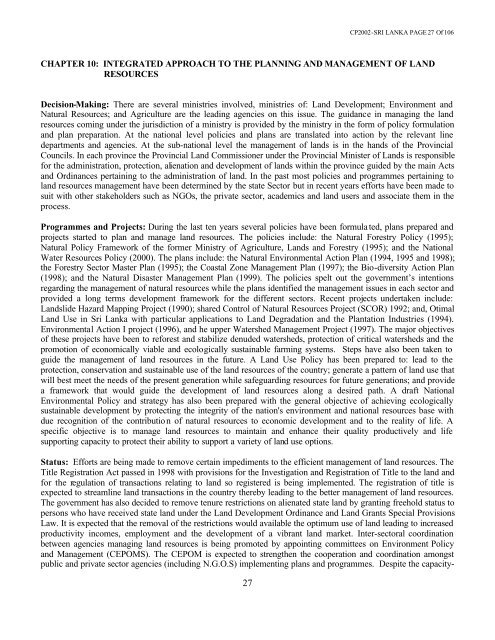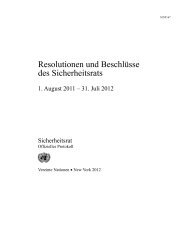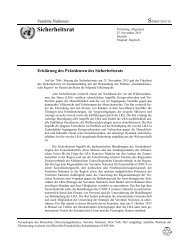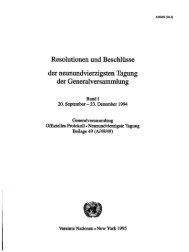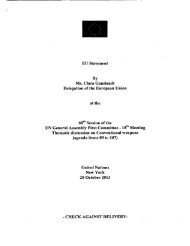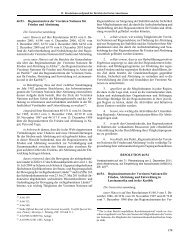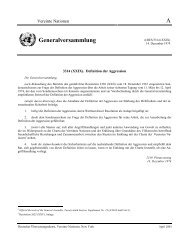SRI LANKA COUNTRY PROFILE
SRI LANKA COUNTRY PROFILE
SRI LANKA COUNTRY PROFILE
Create successful ePaper yourself
Turn your PDF publications into a flip-book with our unique Google optimized e-Paper software.
27<br />
CP2002-<strong>SRI</strong> <strong>LANKA</strong> PAGE 27 Of 106<br />
CHAPTER 10: INTEGRATED APPROACH TO THE PLANNING AND MANAGEMENT OF LAND<br />
RESOURCES<br />
Decision-Making: There are several ministries involved, ministries of: Land Development; Environment and<br />
Natural Resources; and Agriculture are the leading agencies on this issue. The guidance in managing the land<br />
resources coming under the jurisdiction of a ministry is provided by the ministry in the form of policy formulation<br />
and plan preparation. At the national level policies and plans are translated into action by the relevant line<br />
departments and agencies. At the sub-national level the management of lands is in the hands of the Provincial<br />
Councils. In each province the Provincial Land Commissioner under the Provincial Minister of Lands is responsible<br />
for the administration, protection, alienation and development of lands within the province guided by the main Acts<br />
and Ordinances pertaining to the administration of land. In the past most policies and programmes pertaining to<br />
land resources management have been determined by the state Sector but in recent years efforts have been made to<br />
suit with other stakeholders such as NGOs, the private sector, academics and land users and associate them in the<br />
process.<br />
Programmes and Projects: During the last ten years several policies have been formula ted, plans prepared and<br />
projects started to plan and manage land resources. The policies include: the Natural Forestry Policy (1995);<br />
Natural Policy Framework of the former Ministry of Agriculture, Lands and Forestry (1995); and the National<br />
Water Resources Policy (2000). The plans include: the Natural Environmental Action Plan (1994, 1995 and 1998);<br />
the Forestry Sector Master Plan (1995); the Coastal Zone Management Plan (1997); the Bio-diversity Action Plan<br />
(1998); and the Natural Disaster Management Plan (1999). The policies spelt out the government’s intentions<br />
regarding the management of natural resources while the plans identified the management issues in each sector and<br />
provided a long terms development framework for the different sectors. Recent projects undertaken include:<br />
Landslide Hazard Mapping Project (1990); shared Control of Natural Resources Project (SCOR) 1992; and, Otimal<br />
Land Use in Sri Lanka with particular applications to Land Degradation and the Plantation Industries (1994).<br />
Environmental Action I project (1996), and he upper Watershed Management Project (1997). The major objectives<br />
of these projects have been to reforest and stabilize denuded watersheds, protection of critical watersheds and the<br />
promotion of economically viable and ecologically sustainable farming systems. Steps have also been taken to<br />
guide the management of land resources in the future. A Land Use Policy has been prepared to: lead to the<br />
protection, conservation and sustainable use of the land resources of the country; generate a pattern of land use that<br />
will best meet the needs of the present generation while safeguarding resources for future generations; and provide<br />
a framework that would guide the development of land resources along a desired path. A draft National<br />
Environmental Policy and strategy has also been prepared with the general objective of achieving ecologically<br />
sustainable development by protecting the integrity of the nation's environment and national resources base with<br />
due recognition of the contributio n of natural resources to economic development and to the reality of life. A<br />
specific objective is to manage land resources to maintain and enhance their quality productively and life<br />
supporting capacity to protect their ability to support a variety of land use options.<br />
Status: Efforts are being made to remove certain impediments to the efficient management of land resources. The<br />
Title Registration Act passed in 1998 with provisions for the Investigation and Registration of Title to the land and<br />
for the regulation of transactions relating to land so registered is being implemented. The registration of title is<br />
expected to streamline land transactions in the country thereby leading to the better management of land resources.<br />
The government has also decided to remove tenure restrictions on alienated state land by granting freehold status to<br />
persons who have received state land under the Land Development Ordinance and Land Grants Special Provisions<br />
Law. It is expected that the removal of the restrictions would available the optimum use of land leading to increased<br />
productivity incomes, employment and the development of a vibrant land market. Inter-sectoral coordination<br />
between agencies managing land resources is being promoted by appointing committees on Environment Policy<br />
and Management (CEPOMS). The CEPOM is expected to strengthen the cooperation and coordination amongst<br />
public and private sector agencies (including N.G.O.S) implementing plans and programmes. Despite the capacity-


